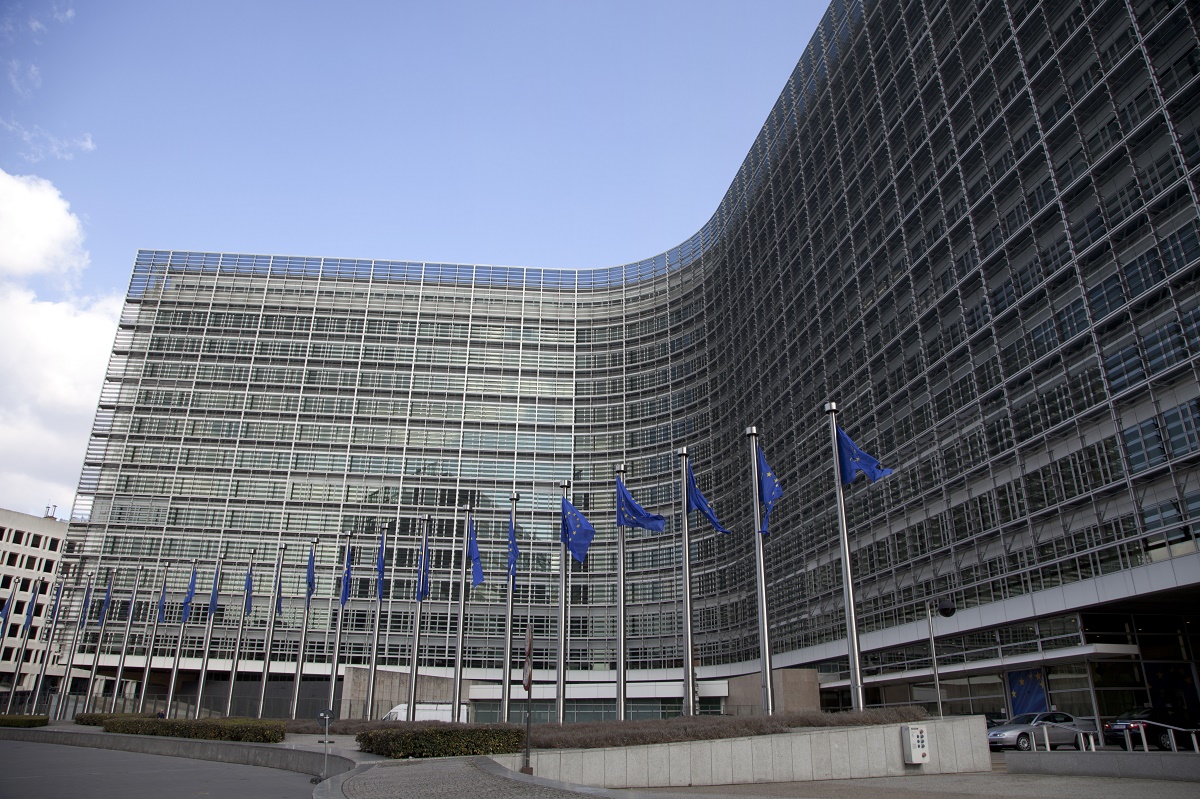The European Union has moved decisively to transfer to Ukraine Russian assets frozen within the EU following Russia's initiation of a full-scale invasion in Ukraine. On February 12, the EU Council established the legal basis for releasing income from Russian Central Bank assets frozen in the EU, clearing the path for transferring these funds to Ukraine. Apostrophe has details on the expected timing and amounts under this program.
On February 12, the EU Council greenlit the legal framework for channeling income from frozen Russian assets in the EU to benefit Ukraine.
In January, EU ambassadors agreed in principle the European Commission's proposal to utilize proceeds from frozen Russian assets for the reconstruction of Ukraine. This year's decision establishes the legal status of frozen Russian assets within the EU.
‘The Council decided in particular that CSDs holding more than €1 million of CBR’s assets must account extraordinary cash balances accumulating due to EU restrictive measures separately and must also keep corresponding revenues separate. In addition, CSDs shall be prohibited from disposing of the ensuing net profits. This decision paves the way for the Council to decide on a possible establishment of a financial contribution to the EU budget raised on these net profits to support Ukraine and its recovery and reconstruction at a later stage’, Delegation of the European Union to Ukraine stated.
The mentioned financial contribution can be channeled via the EU budget to a dedicated support fund for Ukraine.
Specific plan is required
Therefore, a crucial initial step has been taken towards transferring income from frozen Russian assets to Ukraine. The question now is, how long until it accesses funds through this program.
‘A political decision has been made and there will still be several steps before its practical implementation’, Ukrainian diplomat, international expert Ruslan Osypenko said in a comment to Apostrophe.
In European structures, like any other, bureaucratic hurdles exist, so immediate access to the required funds should nоt be anticipated.
‘If everything goes smoothly, a month is allocated for technical plan development. Following approval, the fund transfer initiates, taking an additional half a month. Therefore, it іs anticipated the money should arrive within one and a half to two months’, Osypenko assumes.
Based on the EU Council's decision on February 12, we can expect to receive some portion of the funds, likely by the end of March or the early weeks of April. This pertains to the interest accrued from the utilization of frozen Russian assets.
Osypenko suggests that this remains an ideal scenario, as unforeseen situations at each stage of the program's implementation may cause delays in receiving the funds.
However, the duration of this process is not expected to be excessively prolonged. This year, the EU's governing bodies will undergo changes, with a new European Parliament and a reconfigured European Commission. Anticipating the composition of these bodies after the second half of 2024 is challenging, given the potential rise in the influence of both left and right-wing populists.
‘I believe that they should start transferring these funds to us by the summer,’ Osypenko concluded.
All in one package
In 2024, Ukraine encountered a funding shortage as Western allies, particularly the USA and the EU, are postponing the delivery of previously committed financial aid.
The U.S. Congress is yet to greenlight a $60 billion package, with over $50 billion earmarked for military aid and the remainder for financial support. On the European front, the outlook is more promising, with EU leaders endorsing a 50 billion euro aid package spanning 2024-2027. The Ukrainian government anticipates the initial tranche, totaling 4.5 billion euros, to arrive in March this year.
Given the circumstances, any extra funds would undoubtedly be beneficial for us.
Currently, due to sanctions in response to Russia's invasion of Ukraine, the Central Bank of the Russian Federation has approximately 260 billion euros frozen in G7 nations, the EU, and Australia. The majority, around 190 billion euros, is held in the Euroclear European securities depository.
Currently, the transfer of frozen Russian assets to Ukraine is not on the table, though the Ukrainian Ministry of Justice is actively pursuing this. Meanwhile, the interest generated from the use of these assets, such as investments, will be directed to Ukraine's support fund.
In 2023, Euroclear reported earnings of 4.4 billion euros from frozen Russian assets. In 2022, the income was significantly lower, around half a billion euros, attributed to reduced interest rates on European bonds.
The certainty of Ukraine securing all the income from the frozen Russian funds is uncertain. Euroclear is obliged to pay over 1 billion euros in taxes to Belgium, its location. However, there is a possibility of EU leadership deciding to exempt these funds from taxation. Additional deductions related to bond market operations are also conceivable.
More crucially, the proceeds from frozen Russian assets are likely to serve as a key contributor to replenishing our country's aid fund.
‘Within the approved 50 billion euros aid package, 17 billion euros will be sourced from profits of Russian assets. That is, Russian revenues will be withdrawn and transferred to this fund. This implies that, for the next four years, we will not receive anything more from the EU beyond this amount’, Oleksiy Kush, an expert of the analytical center "United Ukraine", said in a comment to Apostrophe.


